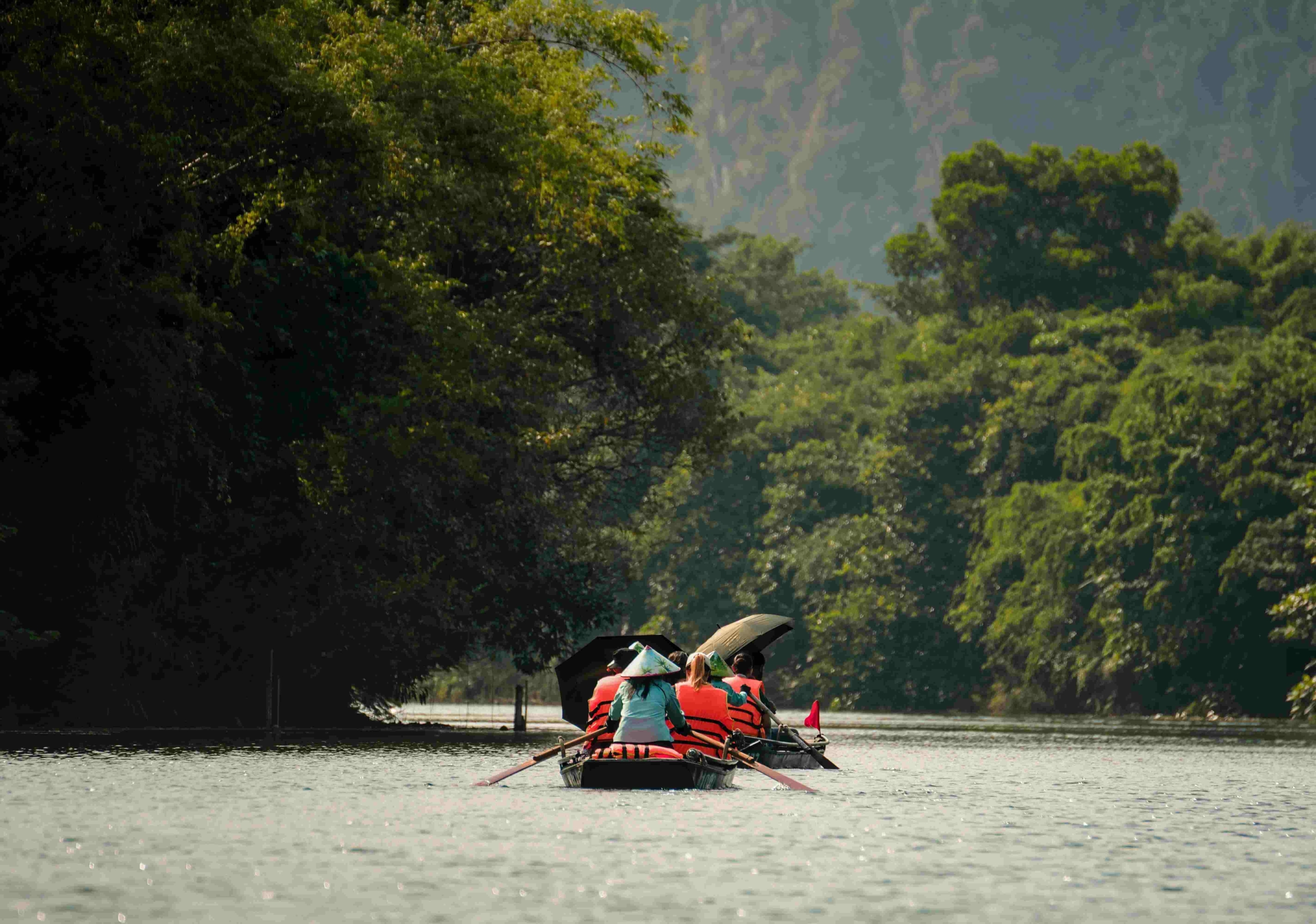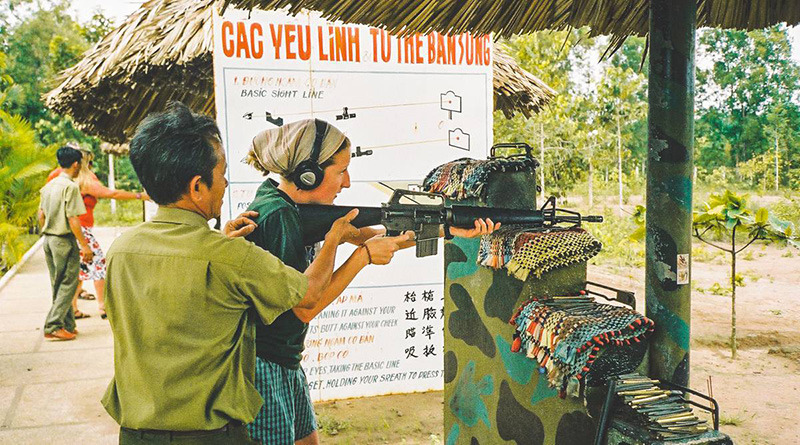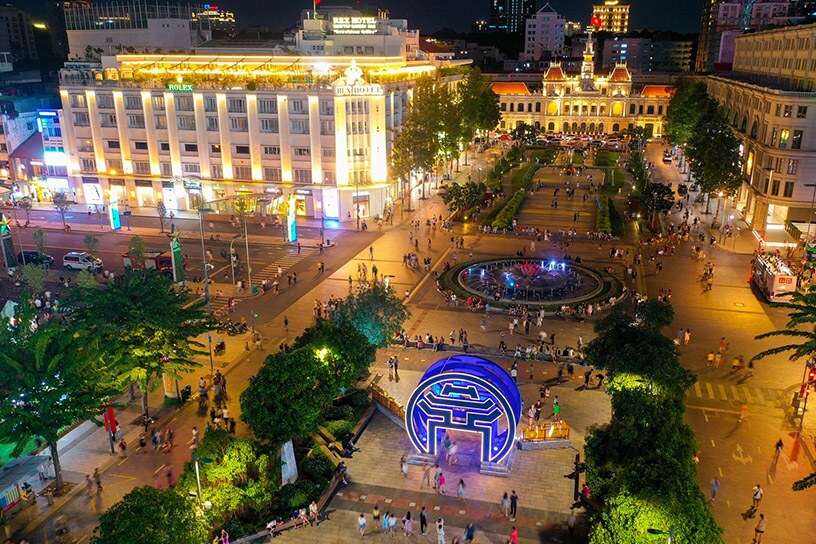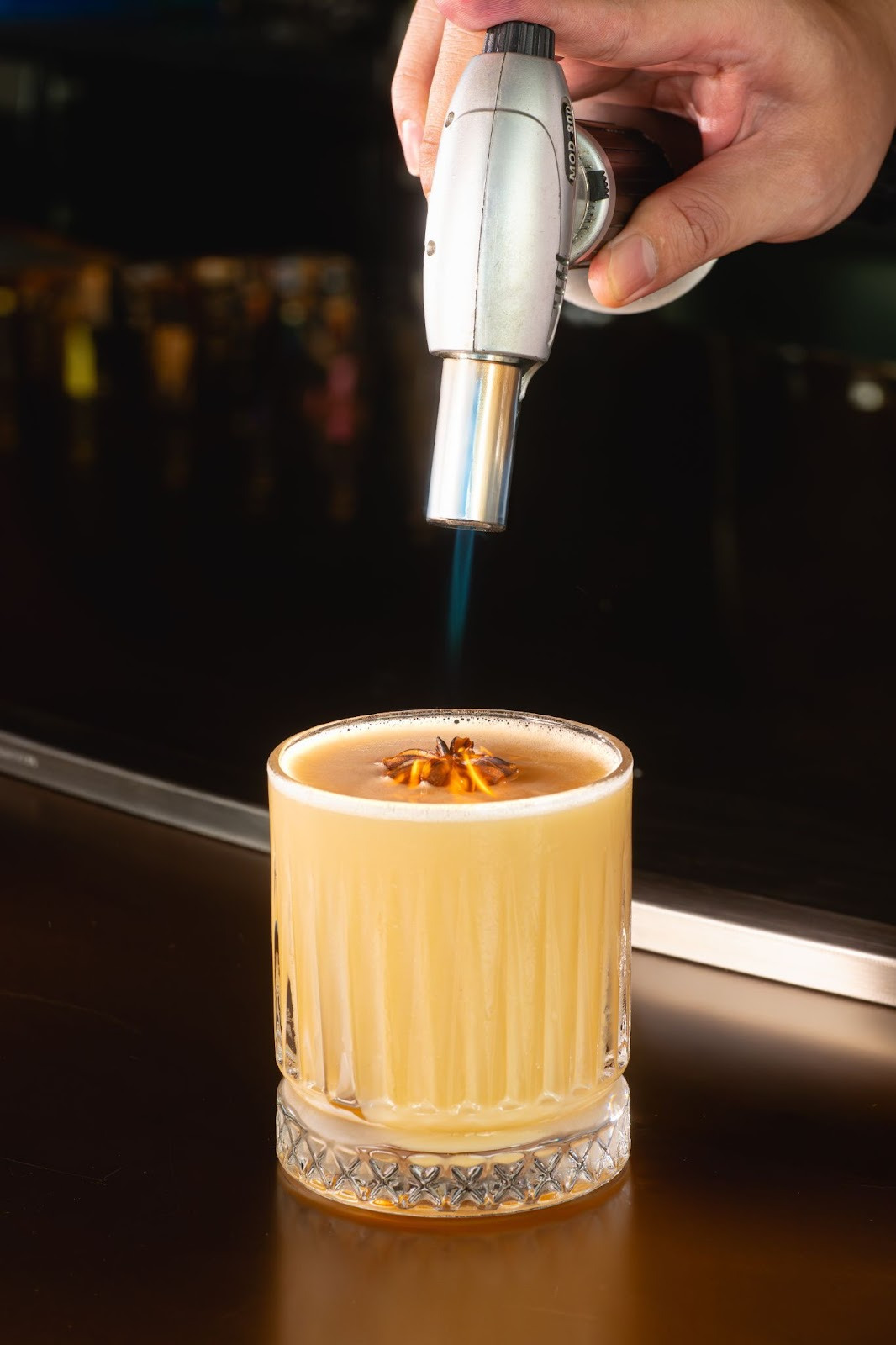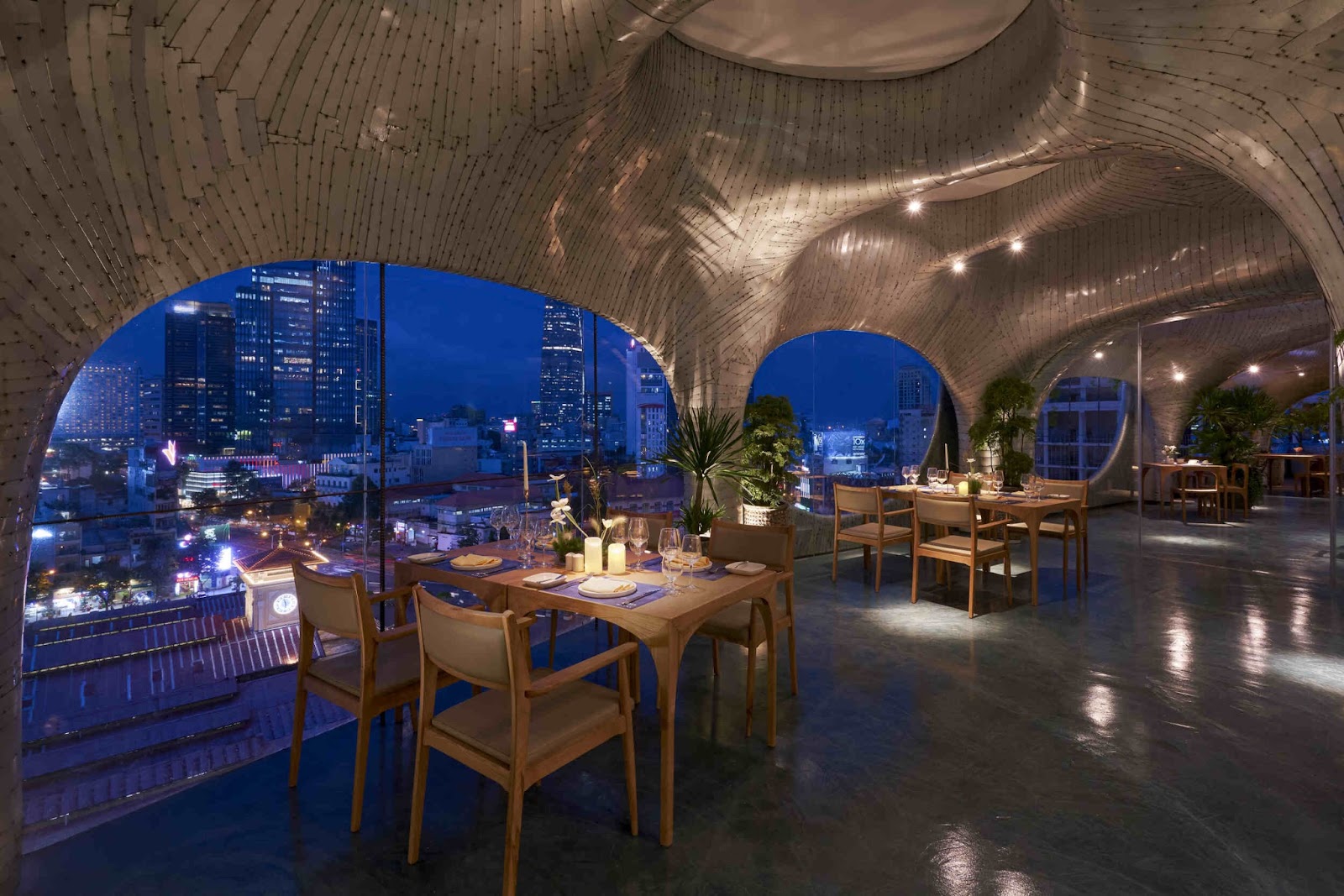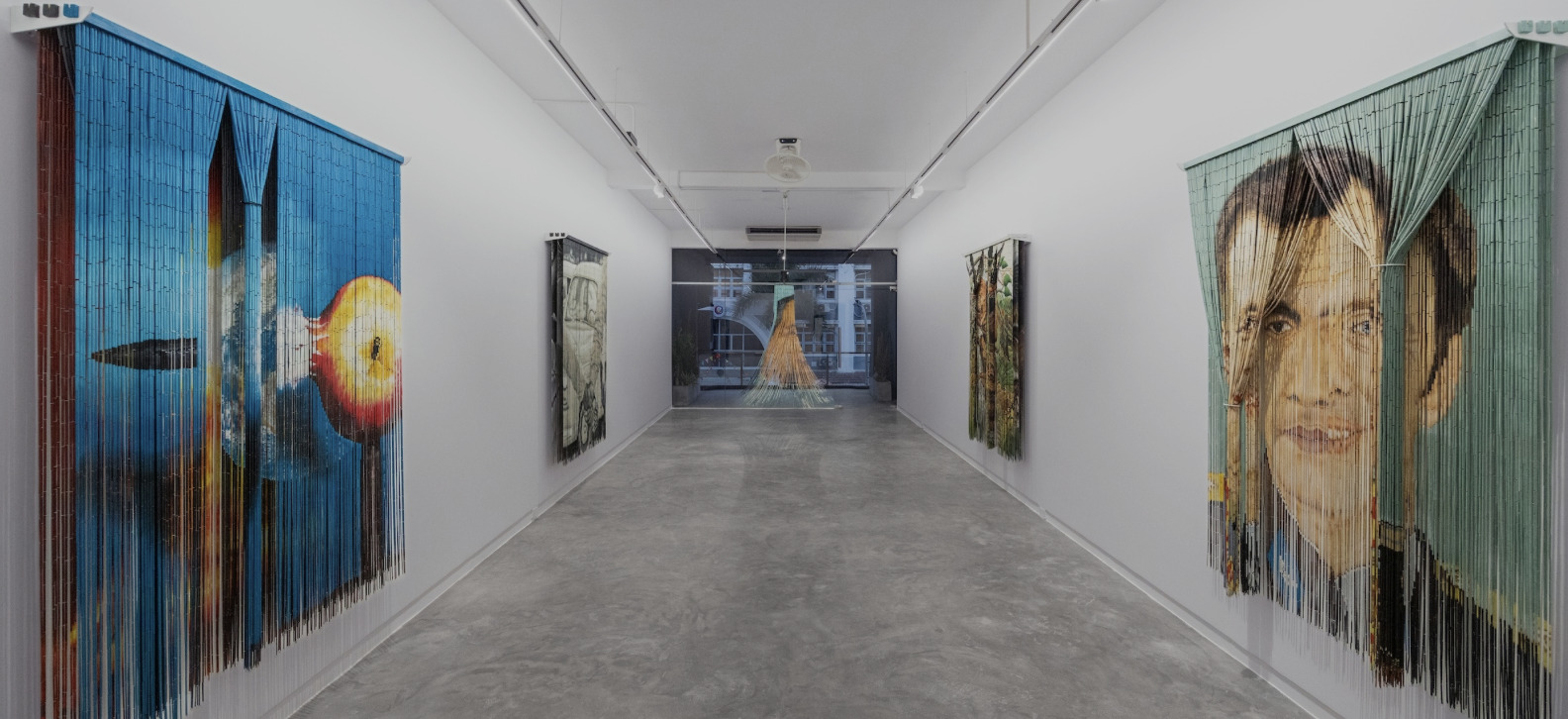Is Vietnam safe for tourist?
For too long, Vietnam was considered a bucket-list destination purely for its dramatic karst landscapes, chaotic-yet-charming streets, and world-class pho. Today, something far more compelling is driving its popularity: Safety. The narrative has shifted. Vietnam isn’t just a beautiful place to visit; it’s one of the most stable and secure destinations on the planet. This […]
For too long, Vietnam was considered a bucket-list destination purely for its dramatic karst landscapes, chaotic-yet-charming streets, and world-class pho. Today, something far more compelling is driving its popularity: Safety.
The narrative has shifted. Vietnam isn’t just a beautiful place to visit; it’s one of the most stable and secure destinations on the planet. This isn’t just traveler hearsay; it’s a fact confirmed by the most rigorous international metrics.
If you’re planning your next adventure, especially if you’re an American citizen or a solo traveler prioritizing peace of mind, here is the comprehensive, data-backed guide on why Vietnam should be at the top of your list.
Is Vietnam Safe: Essential Facts
U.S. Government & Global Endorsements

When assessing a country’s security, the most important data point comes from official government advisories. Vietnam consistently achieves the highest possible rating for stability and safety from the U.S. Department of State. From US Travel Advisory, Vietnam’s safety ranked Level 1 – Exercise Normal Precautions.
This is the gold standard, it means the safety and security risks of the country are minimal and comparable to those that travellers would encounter in any major city in the world. The advisory has been periodically reviewed and reissued without changes, underscoring consistent political stability and a low-threat environment. In which, Level 1 rating assures travelers that there is no systemic threat that should make them reconsider travel.
Google Destination Insights Confirms Demand
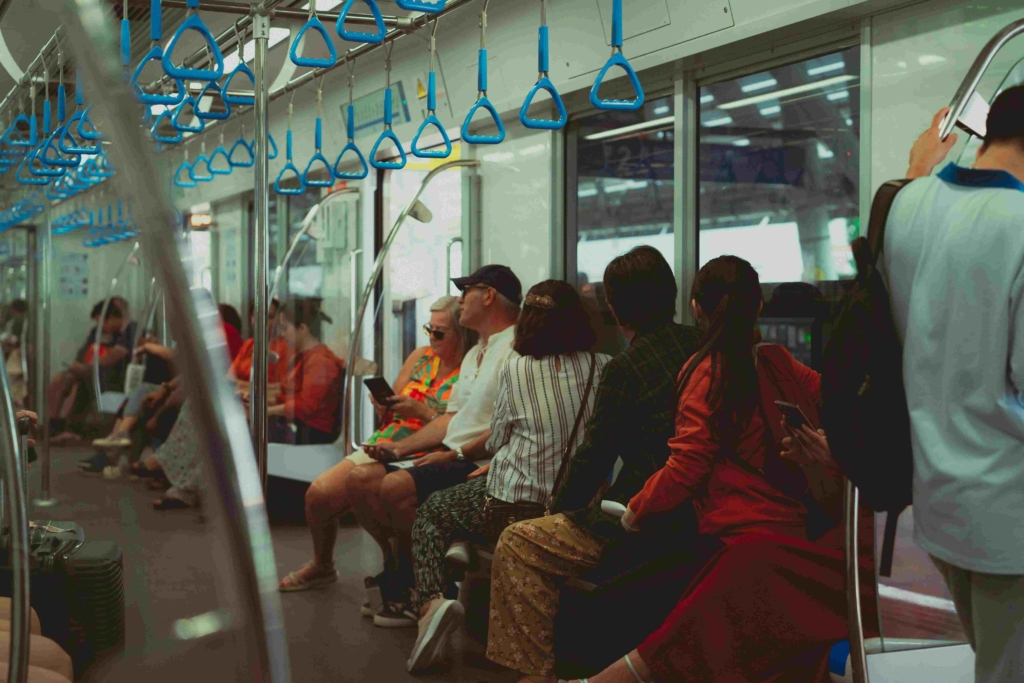
The Data Doesn’t Lie, in fact, travelers around the world vote with their mouse clicks. Google Destination Insights (GDI), Google’s real-time market intelligence tool, offers quantifiable proof that global travelers are confidently choosing Vietnam. The GDI metrics show a massive, sustained surge in interest that directly correlates with high traveler confidence. International search volume for places to stay in Vietnam shot up by a staggering 45% in the first half of 2025. In the meantime, search volume related to Vietnam tourism as a whole increased by 30% in the preceding three months (Nov 2024–Jan 2025). This robust growth is not a fluke; it’s a direct reflection of Vietnam successfully capturing the trust of the post-pandemic travel market.
Crucially, the GDI data confirms the priority markets driving this boom. The United States is consistently ranked as one of the top three source markets for search interest, alongside Australia and India. The index clearly states that “The exponential growth in search traffic is measurable proof of Vietnam’s appeal and the growing confidence travelers, particularly from the U.S., have in choosing it as a secure holiday destination.”
Ho Chi Minh City – The Heartbeat of the Boom

Ho Chi Minh City (HCMC), often referred to by its former name, Saigon, is not just a gateway but a primary engine of Vietnam’s tourism success. In 2025, the city is aggressively pursuing ambitious goals, targeting 10 million international visitors with a heavy focus on quality tourism, digital transformation, and cultural diversity.
Rapidly after the pandemic in the last years, HCMC is moving beyond historical sites. Key focus areas include eco-agricultural tourism in the city’s surrounding districts; the bleisure trend or can also be called a bizcation or workation, which involves extending a business trip for personal vacation time, or working remotely from a different location for a period of time that includes leisure activities; and the expansion of MICE (Meetings, Incentives, Conferences, and Exhibitions) travel.

Travelers arriving in 2025 onwards will benefit from ongoing infrastructure upgrades, including the opening of the Tan Son Nhat Airport’s Terminal 3 in last April, which serves for thousands of domestic flights connecting Ho Chi Minh City with all local destinations in Vietnam. The new terminal, which dominates mostly by Vietnam Airlines, is designed to significantly improve efficiency and the passenger experience.
Moreover, HCMC is catching up with international demands for high-end stays and conferences. The city is cementing its status as a luxury destination with the growth of high-profile properties, including the international hotel chains as well as local-owned boutique luxury 5-star brands like The Myst Dong Khoi Hotel enhancing the high-end leisure market.
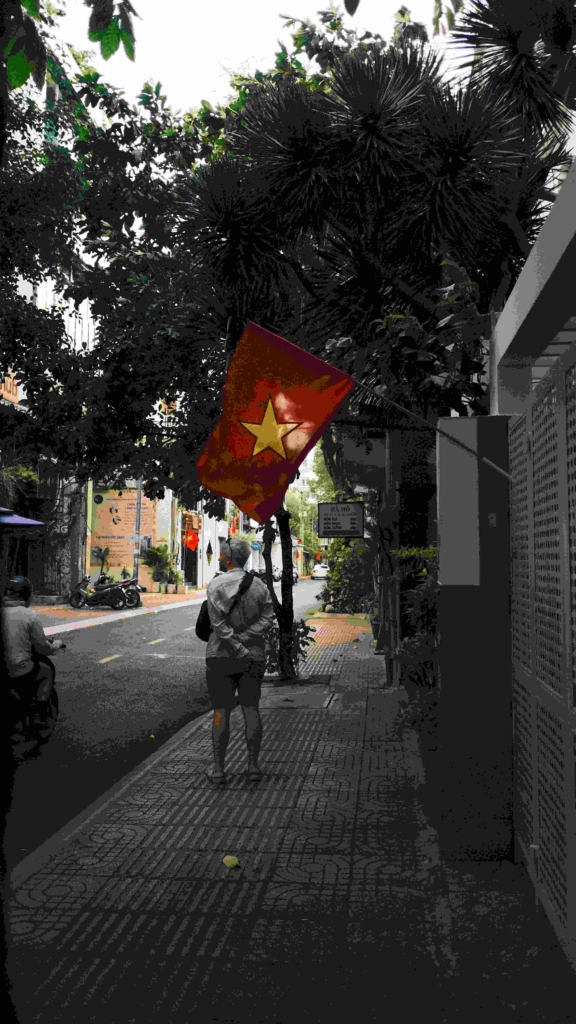
Given the history, a natural question for some U.S. travelers should arise including “Is there anti-American sentiment?” The answer from industry experts and travelers on the ground is an emphatic No. Many travel professionals confirm that local attitudes are “surprisingly warm,” and American travelers are welcomed with curiosity and genuine Vietnamese hospitality. You are seen as a modern-day visitor, not a figure from history.
Here are some practical tips for the U.S. Travelers, which might focus on hassle, not harm. The biggest annoyances for American tourists are not serious crime, but low-level chaos and scams. Here’s how to navigate them:
- Chaotic Traffic – You should convince yourself to walk slowly and steadily. Do not hesitate or stop abruptly. Drivers will flow around you.
- Taxi and/or cyclo scams – In case you have to use a car to transport between destinations, stick to trusted hailing apps like Grab or Be or reputable, metered taxis like Mai Linh or Vinasun to prevent overcharging.
- Bag snatching – Secure Your Phone and Bag. In crowded areas of HCMC, keep your phone off the curb and wear your crossbody bag in front of your body to deter drive-by snatchers.
- Water safety – Remember, Vietnam is not a tapped water place, thus bottled water only. Do not drink tap water, and it’s best to use bottled water even for brushing your teeth and rinsing your mouth. Also, you might skip the ice cube if you are uncertain of the source.

The Solo Traveler’s Sanctuary – Security on Your Own
For solo travelers, especially women, Vietnam is consistently ranked as one of the safest destinations in Southeast Asia. International solo travellers and bloggers who have traveled the length of the country alone describe never feeling “on-edge or anxious.”
During daytime, the risk of physical harm to those who love to travel solo is extremely low. You’re far more likely to be asked about your age or marital status (a benign cultural curiosity) than to be harassed. Big cities are relatively safe at night too, especially in Ho Chi Minh City, where the nightlife lasts forever. Locals socialize late, keeping the streets bustling until well after midnight. Solo travelers can generally feel comfortable walking back to their accommodation, though normal city precautions apply.

The main risk for solo travellers is petty theft and financial scams, luckily, is not physical harm. Stay smart by being aware first of all to avoid those motorbike rental scam. In all cases, refuse to leave your passport, on the other hand, offer a cash deposit instead. Moreover, you should document the bike with photos/video before renting to prevent damage charges.
While hanging around on the streets, travellers may face those so-called “friendly” scams by the street vendors. In these cases, say No firmly. If a vendor tries to give you a flower, a coconut, bracelet, or food sample, they will then demand an exorbitant payment. Walk away quickly.

You will become a millionaire in Vietnamese currency the moment you exchange some of USD50. Get yourself familiarized with the colors. Do not be confused, the 20,000 VND and 500,000 VND notes look confusingly similar (blue color). So count your change carefully every time.
Last but not the least, beyond crimé, health and environmental security are surely put in high note. True travel safety also encompasses health awareness. A few simple precautions to ensure a smooth, healthy trip for you and your beloved ones including street food safety, insects and air pollution.
For the street food, enjoy the pho and banh mi. Many foreign travellers who come to Vietnam admitted they can have these two very popular meals almost every day. Wisely trust the local crowds and choose those busy stalls, but ensure your meal is thoroughly cooked. Whereas for insects, mosquitos are the biggest health threat, which may carry Dengue fever, especially during the rainy season. You should use a DEET-based bug spray and wear light, long-sleeved clothes during dawn and dusk. Finally about air pollution, cities like Hanoi and HCMC can have poor air quality. If you have respiratory issues, carry your medication and consider wearing an N95 or surgical mask when commuting
In conclusion, Vietnam has moved past being an “exotic” travel experience; it is a globally certified, data-backed secure choice. Ready to explore Vietnam? Learn why Vietnam is the golden standard for safety? Which part of the country are you most excited to visit first: the bustling South (Ho Chi Minh City or Mekong Delta), the cultural center (Hoi An ancient town or Hue’s citadel), the dramatic North (Hanoi capital or Ha Long Bay)? Book your trip with confidence, exercise basic city smarts, and prepare to be welcomed with warmth that is the hallmark of this rising Asian star.

